Ribbon Blender Blade Design | JCT Machinery
 Dec 01,2023
Dec 01,2023

 JCT
JCT
Ribbon blenders are commonly used in various industries for mixing dry powders, granules and other bulk materials. Ribbon blender blade design is crucial for achieving effecient and homogeneous mixing.
Ribbon Blender Blade Design
1. Ribbon Configuration
Ribbon blenders typically have two types of blades - inner and outer ribbons. The outer ribbon moves material in one direction, while the inner ribbon moves it in the opposite direction. This counter-current movement enhances mixing efficiency.
2. Blade Shape
Blades are often designed in a double-helix shape, resembling a ribbon. This shape promotes a three-dimensional flow of materials within the ribbon blender, ensuring thorough mixing.
3. Clearance
The distance between the blades and the blender's shell is essential. Adequate clearance is necessary to prevent material buildup and ensure a consistent mix. However, too much clearance can reduce mixing efficiency.
4. Blade Length
The length of the ribbon blender blade affects the intensity of mixing. Longer blades generally provide better mixing, but there's a balance to strike to avoid overloading the blender's motor.
5. Blade Thickness
Ribbon blender blade thickness influences the strength and durability of the blades. Thicker blades can withstand heavier loads but may require more power to operate.
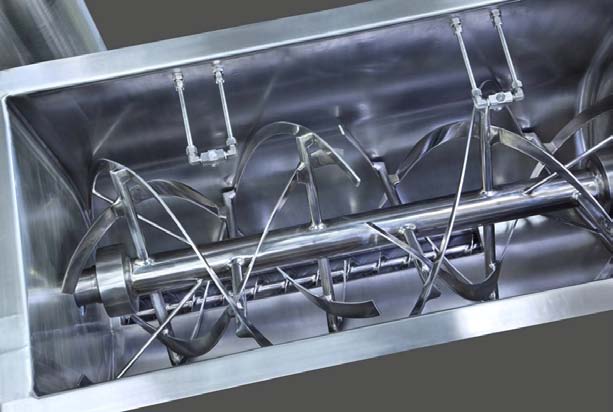


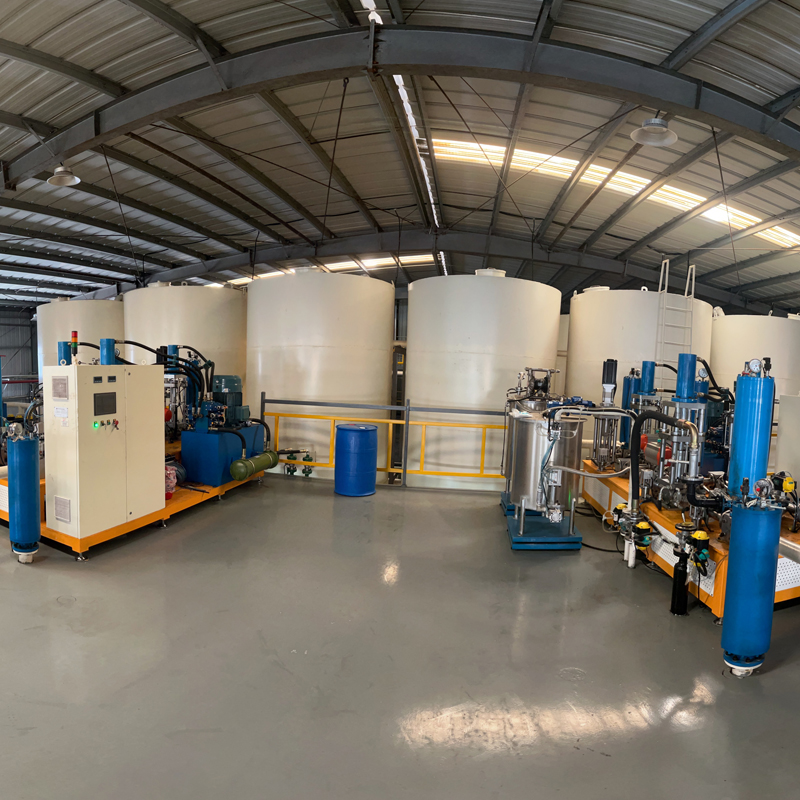
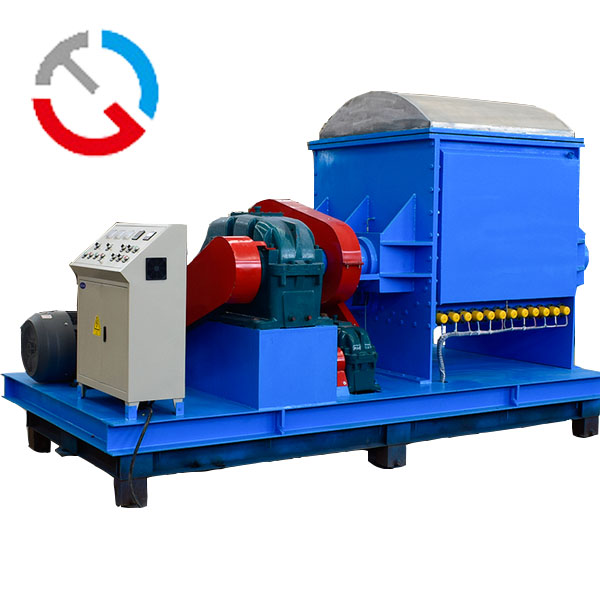
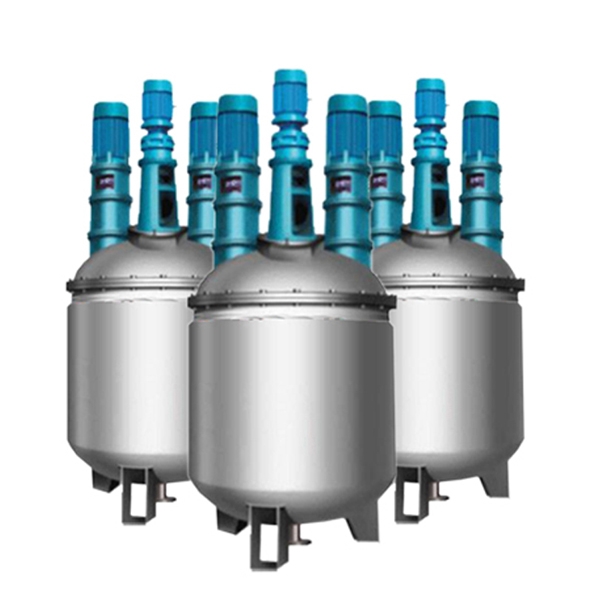
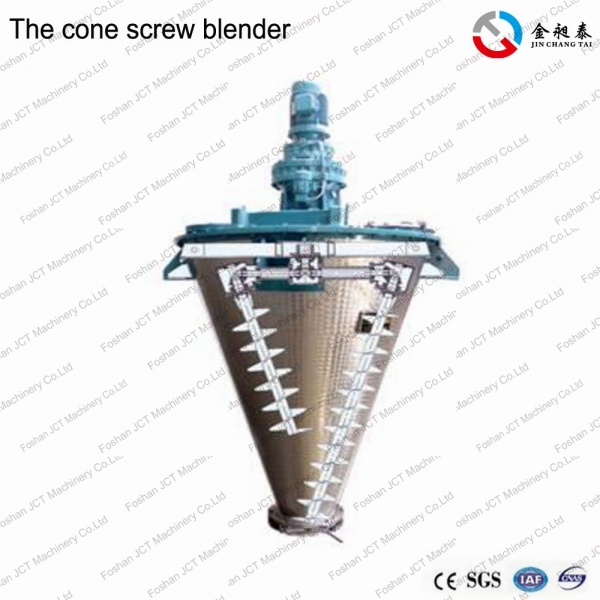


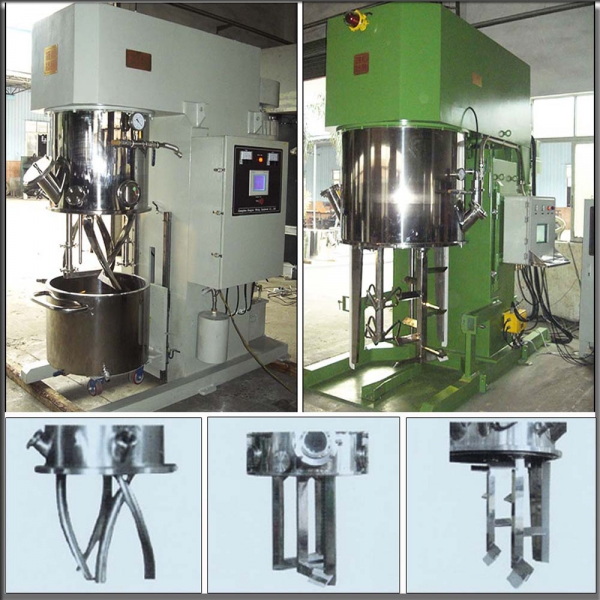




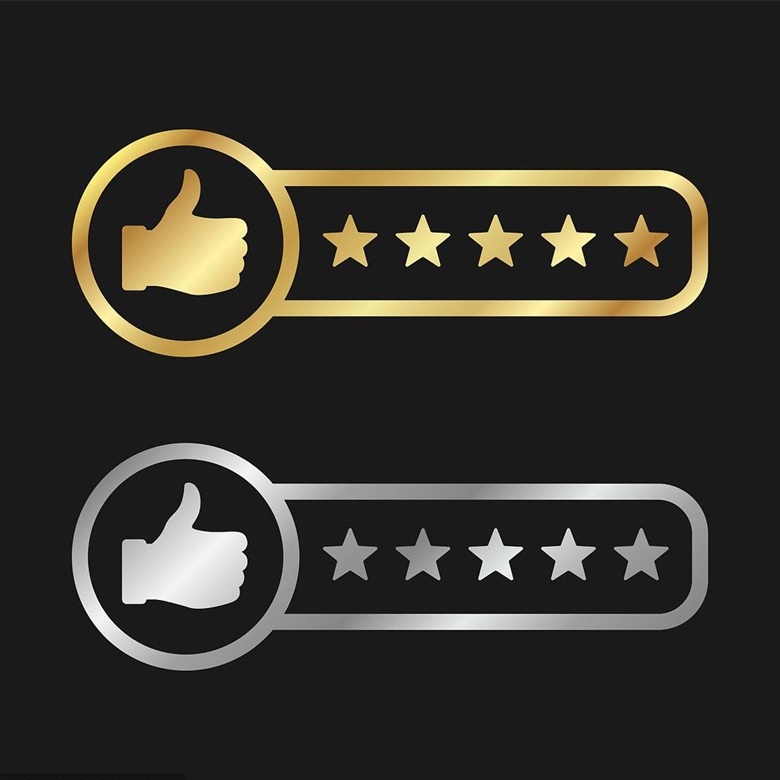


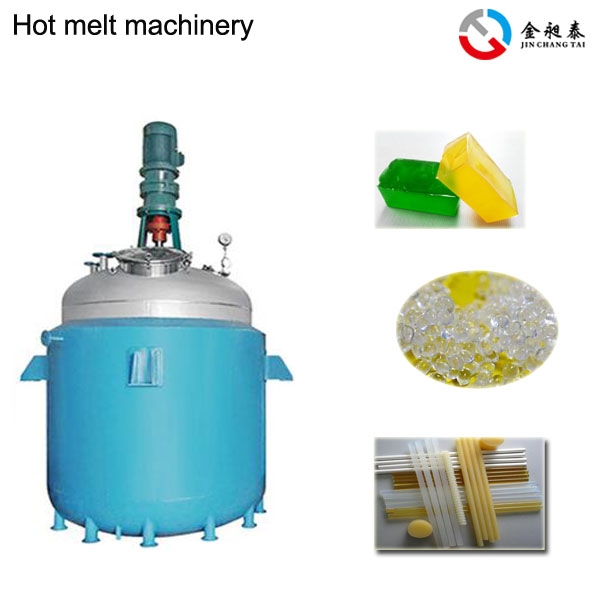
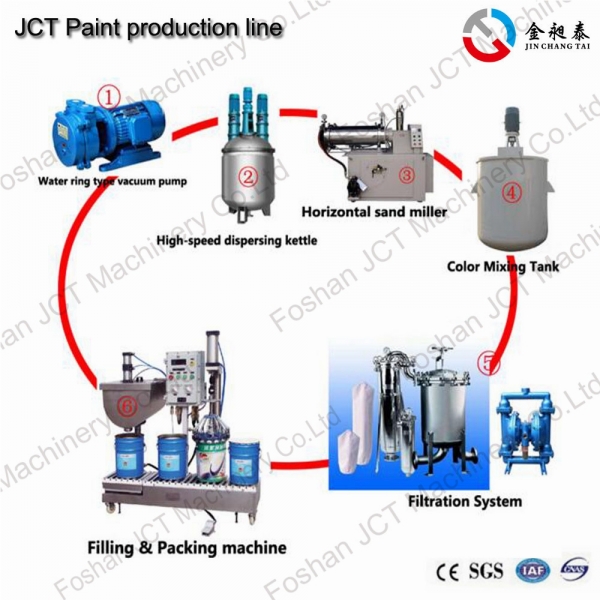
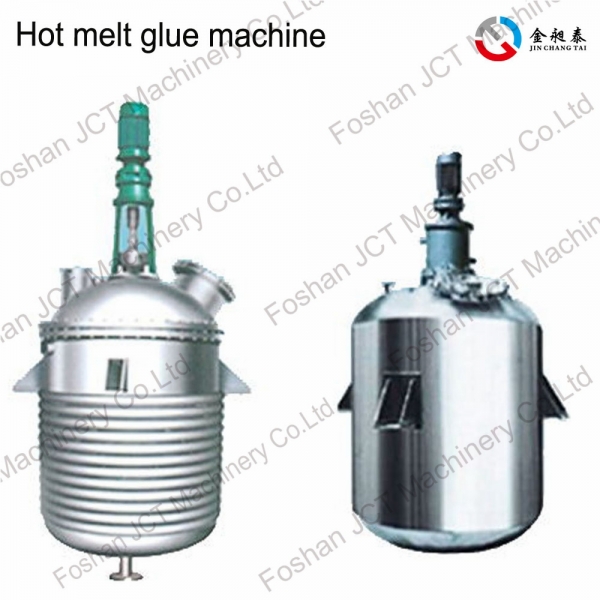
 CN
CN
 HOME
HOME Grease Manufacturing Process | JCT Machinery
Grease Manufacturing Process | JCT Machinery  You May Also Like
You May Also Like
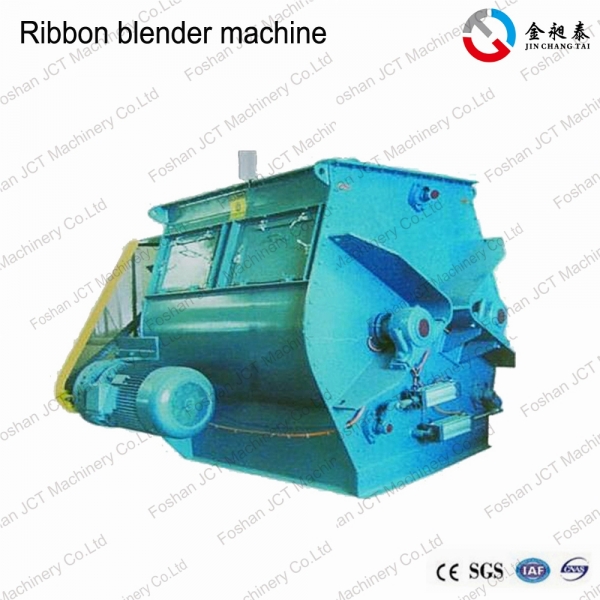

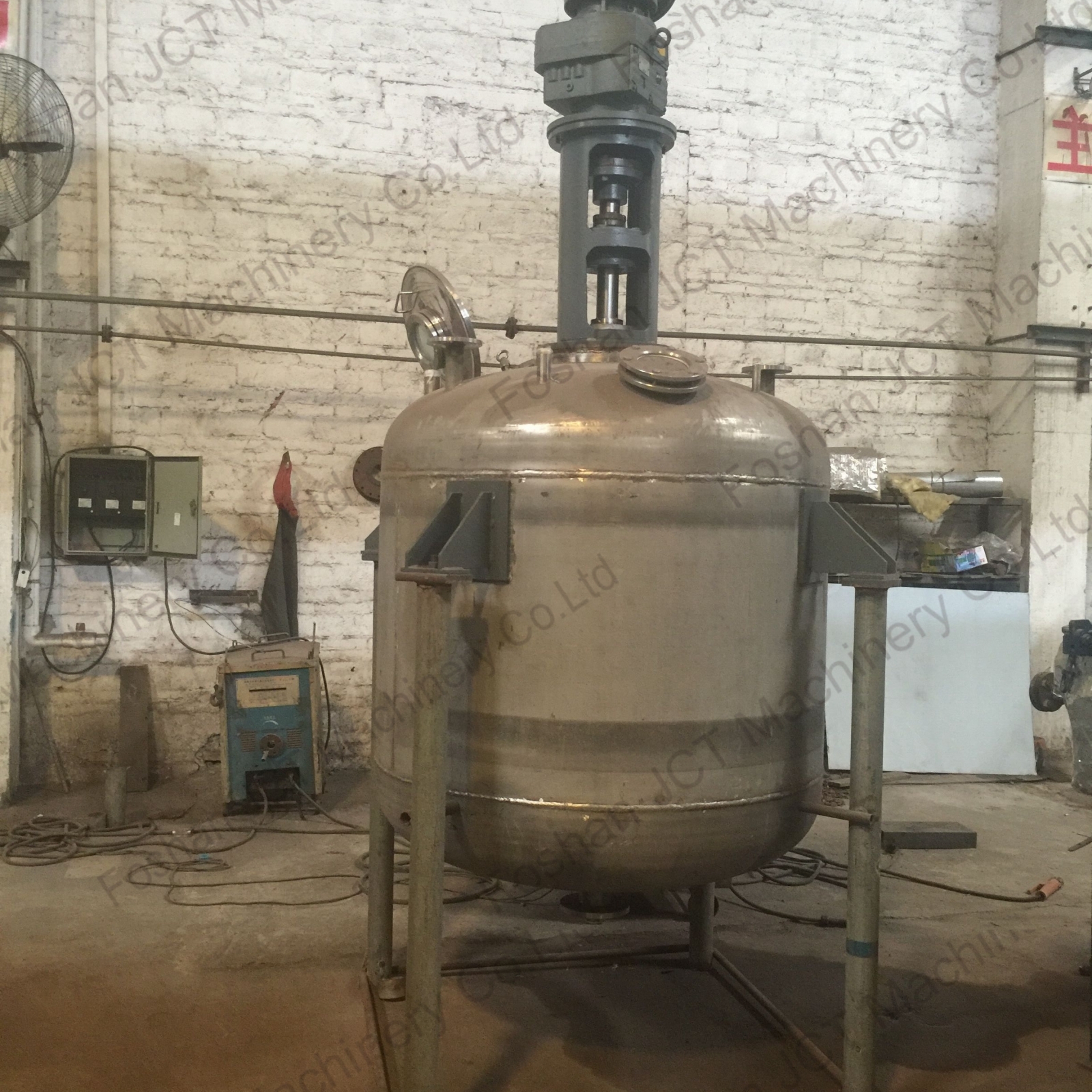
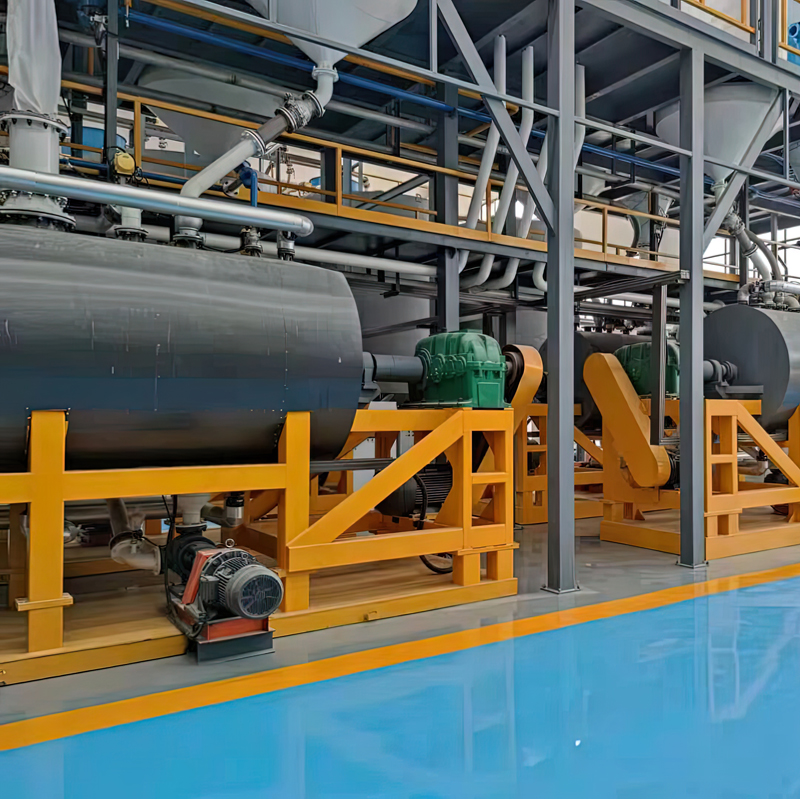
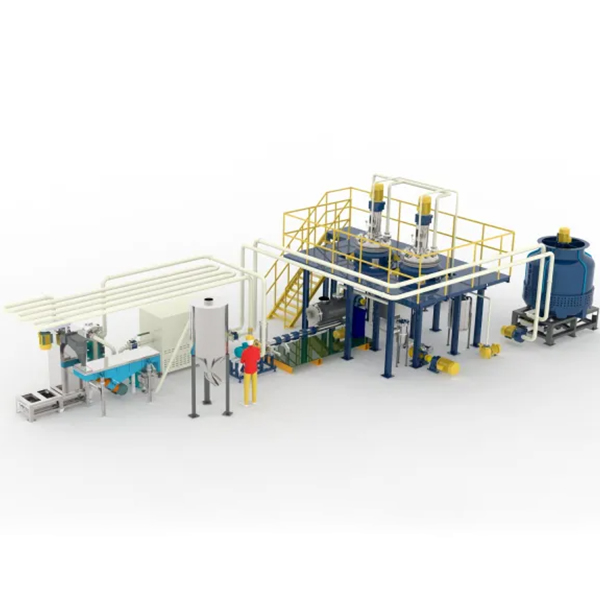

 Tel
Tel
 Email
Email
 Address
Address










